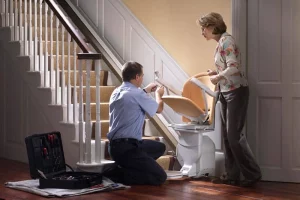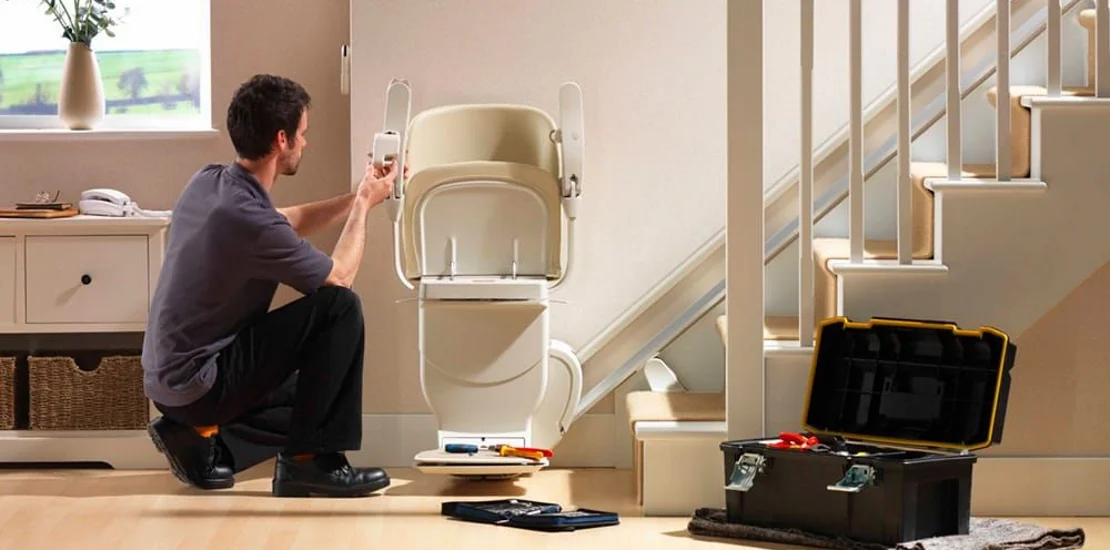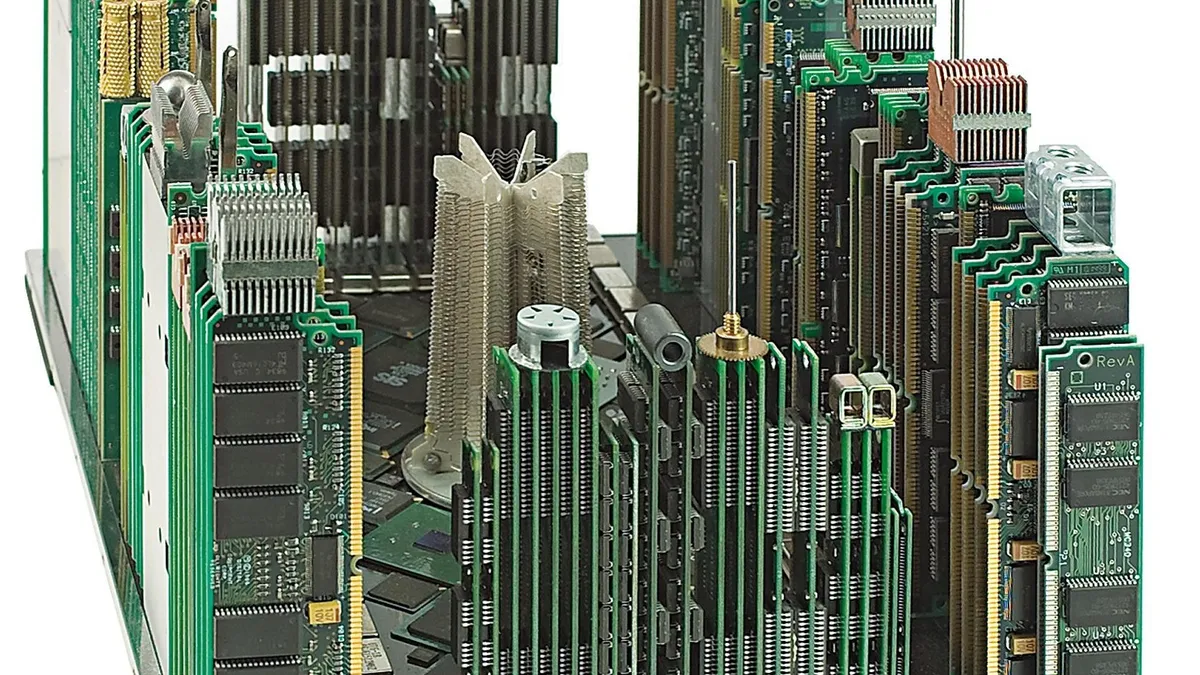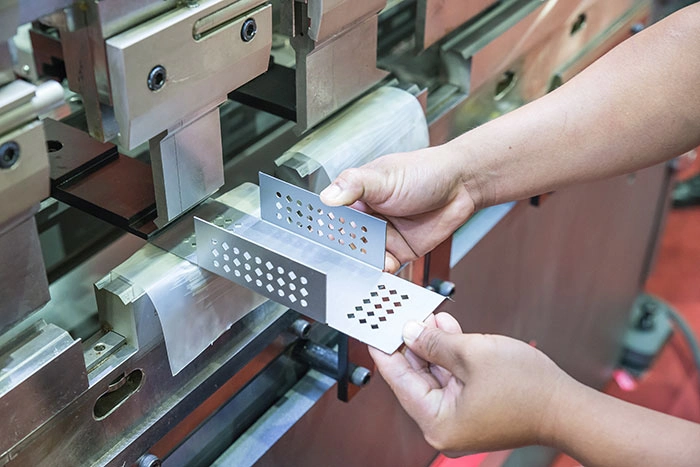Stairlifts ensure safety with key features like brakes, weight limits, and emergency stops. They utilize advanced tech such as sensors, seat belts, and emergency buttons for enhanced user protection. Future advancements target obstacle detection, maintenance prediction, and improved emergency stops. Designs prioritize user comfort, easy controls, and obstacle sensing. Adhering to safety standards like EN 81-40 and ADA regulations is crucial. Discover safety features of stairlifts, such as seat belts and obstruction sensors, for a secure experience.
Key Takeaways
- Advanced sensors detect obstacles for accident prevention.
- Predictive maintenance ensures system reliability and longevity.
- Enhanced emergency stop mechanisms for quick intervention.
- Integration of upcoming safety technologies for user protection.
- Adapting to evolving user needs ensures stairlift safety innovation.
Understanding Stairlift Safety Features
When exploring the realm of chairlifts, a comprehensive understanding of their safety traits is pivotal to ensuring user well-being and peace of mind. Factors such as braking systems, weight capacity limits, and emergency stop mechanisms play a vital role in maintaining a secure environment for users. Regular maintenance and adherence to safety protocols are necessary for the smooth operation of stairlifts.
Importance of Advanced Safety Technology
Stressing the utmost importance of incorporating state-of-the-art safety technology into stairlift systems is critical for improving user protection and ensuring top-notch operational standards. Advanced safety features such as obstruction sensors, seat belts, and emergency stop buttons are vital components that boost the overall safety of stairlifts. By integrating these technologies, manufacturers can guarantee a secure and reliable user experience, instilling confidence in users and caregivers alike.
Future-Proofing Stairlift Safety Innovations
To guarantee the ongoing improvement of stairlift safety, it is vital to foresee and incorporate upcoming technological advancements that will also strengthen user protection and system reliability. Integrating features like advanced sensors for obstacle detection, predictive maintenance systems, and improved emergency stop mechanisms will make certain that stairlifts remain at the forefront of safety innovation, adapting seamlessly to the evolving needs of users.
User-Centric Safety Design Principles
Underlining the utmost significance of user safety, stairlift design principles are carefully crafted to prioritize the well-being and comfort of individuals moving stairs.
- Ergonomic Seating: Ensuring a comfortable and secure seating position during the ride.
- Intuitive Controls: User-friendly controls for easy operation.
- Obstacle Detection Sensors: Advanced sensors to detect obstacles and ensure safe navigation.
Regulatory Compliance and Safety Standards
Continuing the focus on user safety in stairlift design, adherence to regulatory conformity and safety standards is paramount in ensuring the overall safety and reliability of stairlift systems. Conformity with regulations such as the ADA and safety standards like EN 81-40 guarantees that stairlifts meet rigorous criteria for design, installation, and operation, providing users with peace of mind and a secure transportation experience.
Maximizing Safety Benefits for Users
Maximizing safety benefits for users involves implementing enhanced user safety measures, integrating cutting-edge safety technologies, and prioritizing user-centric safety designs. By focusing on these key points, stairlift manufacturers can guarantee that users are provided with the highest level of safety and peace of mind while using their products. Incorporating these elements into stairlift designs not only promotes safety but also enriches the overall user experience.
Enhanced User Safety
With unwavering dedication to user safety, stairlift manufacturers prioritize implementing advanced safety features to guarantee the well-being of their users.
- Seat Belts: Ensuring users are securely fastened during transit.
- Obstacle Sensors: Detecting objects in the path to prevent collisions.
- Emergency Stop Button: Allowing immediate halting of the stairlift in case of any issues.
Innovative Safety Technologies
Implementing cutting-edge technological advancements, stairlift manufacturers are transforming user safety through innovative safety technologies. Innovations such as obstacle detection sensors, automatic braking systems, and swivel seating mechanisms improve the safety features of stairlifts. These advancements guarantee a smooth and secure user experience, reducing the risk of accidents and providing peace of mind for individuals relying on this technology for mobility assistance.

User-Centric Safety Designs
User safety takes the forefront in the development process of stairlifts, guaranteeing that every aspect maximizes safety advantages for users.
- Smart Sensors: Detect user movement and adjust speed accordingly.
- Emergency Stop Button: Allows immediate halting in case of obstacles or emergencies.
- Seatbelts and Swivel Seats: Ensure secure seating and ease of access for users.
Frequently Asked Questions
How Do Stairlifts Ensure Safety for Users With Mobility Issues?
Stairlifts guarantee safety for users with mobility issues through creative design features such as secure seat belts, sensors to detect obstacles, and automatic brakes. These elements work in harmony to provide a secure and dependable user experience.
What Are Some Innovative Safety Features That Set Modern Stairlifts Apart?
Advanced safety features set apart contemporary stairlifts, improving user experience and peace of mind. These developments comprise obstacle detection sensors, automatic pivoting seats, user-friendly designs, and remote control operation, guaranteeing maximum safety and convenience for individuals with mobility challenges.
How Do User-Centric Safety Design Principles Contribute to the Overall Safety of Stairlifts?
User-centric safety design principles improve stairlift safety by prioritizing user needs, ensuring intuitive controls, clear instructions, and ergonomic designs for comfort. These principles tailor stairlifts to users, promoting a safer and more user-friendly experience.
What Regulatory Compliance and Safety Standards Must Stairlift Manufacturers Adhere To?
Stairlift manufacturers must adhere to strict regulatory compliance and safety standards to guarantee product reliability. These include guidelines from organizations like ANSI, EN, and ISO, focusing on design, installation, and performance to safeguard user safety and satisfaction.
How Can Users Maximize the Safety Benefits of Using a Stairlift in Their Homes?
Users can maximize the safety benefits of using a stairlift in their homes by ensuring regular maintenance, following manufacturer guidelines for operation, avoiding overloading the lift, and considering additional safety features like sensors and seat belts for added protection.
Conclusion
In summary, the development of stairlift technology towards improved safety features has been a vital advancement in addressing the needs of individuals with mobility challenges. By prioritizing user safety through creative solutions and adherence to regulatory standards, stairlift manufacturers are paving the way for a future where technology plays a pivotal role in enhancing the well-being and quality of life for users. This focus on safety underscores the importance of continuous advancements in technology to meet the evolving needs of society.
You may also like to read:






